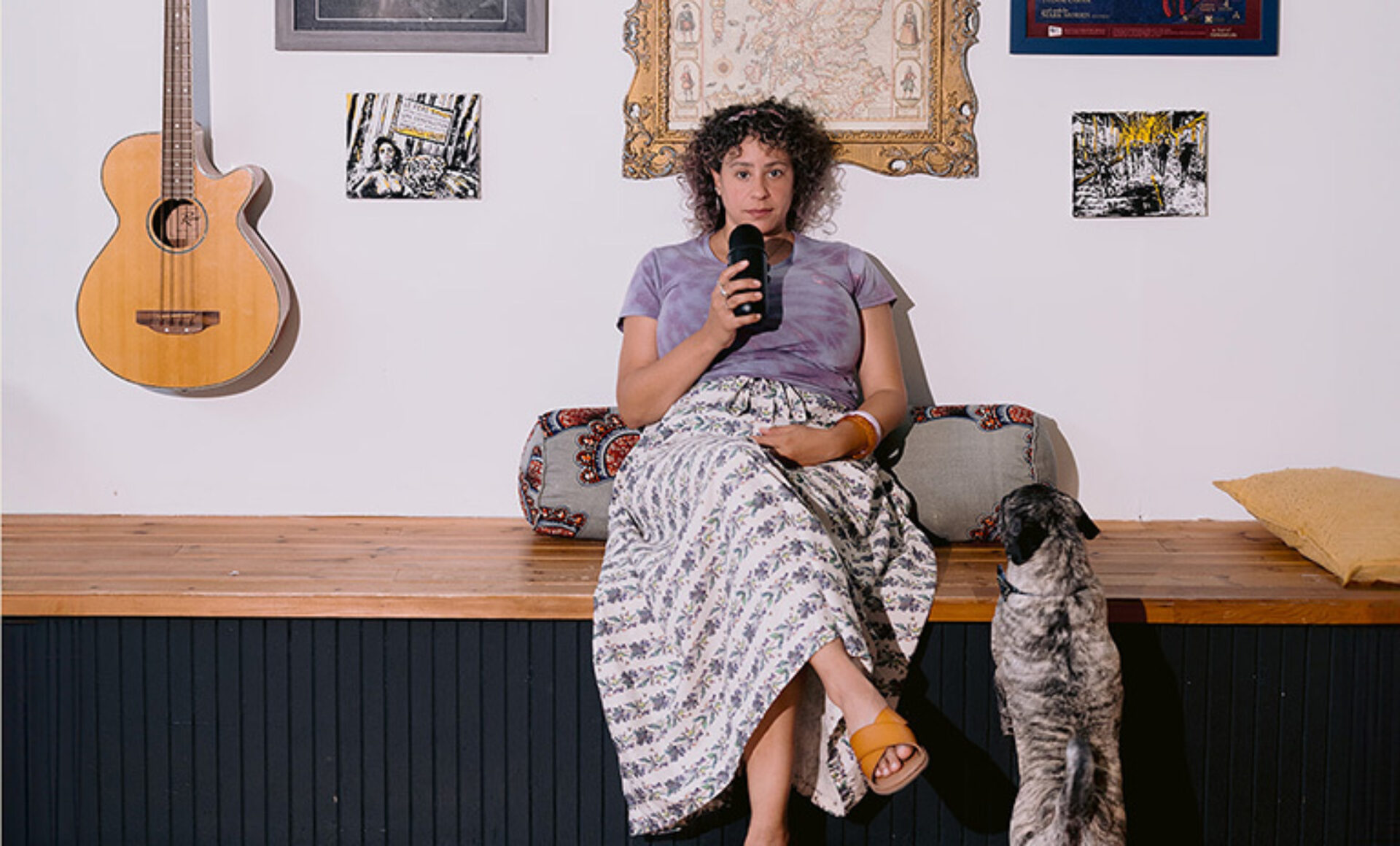In the latest installment of the IIDA Advocacy Works series, we explore the impactful advocacy initiatives from various chapters across the nation. Our chapters highlight their recent achievements and persistent efforts in their respective states, showcasing the dedication of our IIDA advocates. Their relentless pursuit in promoting design excellence, legislative progress, leadership, accreditation, and community engagement has been instrumental in elevating the perception and value of interior design. Together we hope to inspire everyone's inner advocate for positive change.
Nebraska
Great Plains Chapter VP of Advocacy (Nebraska), Stacy Spale
Bill: LB 16
Sponsor – Senator Danielle Conrad and Senator Tom Brewer
Nebraska has advanced its professional standards by becoming the 29th state to regulate the interior design profession with the passage of Legislative Bill 16 (LB 16), signed into law by Governor Jim Pillen on March 5, 2024. This legislation, which passed with a 42-1 vote, establishes a voluntary registry for qualified interior designers, allowing them to practice independently within a defined scope. The bill is part of a broader national effort to recognize and modernize the professional status of interior designers, following similar initiatives in Iowa, Illinois, Wisconsin, and North Carolina in recent years. LB 16, resulting from extensive advocacy by IIDA and ASID chapters, and a collaborative effort among design professionals, introduces a Title Act for Registered Interior Designers, granting them the authority to stamp and seal documents for permitting purposes. This move underscores the importance of interior designers in ensuring public safety and functionality in the built environment, reflecting a commitment to leveraging their education and training to benefit Nebraska's communities.
Utah
Intermountain VP of Advocacy, Karen Cahoon
Event: Advocacy Town Hall 2024
In February, the IIDA Intermountain Chapter held a highly successful Advocacy Town Hall at the iconic Siegel House, Utah's renowned mid-century modern residence. This event marked their highest-attended educational program to date, drawing members from ASID, AIA, and NKBA (National Kitchen & Bath Association). The focus was on providing insights into Utah's SCCID (State Certified Commercial Interior Designer) law, sharing national updates, and fostering unity within the interior design community. Feedback from attendees has been overwhelmingly positive, proof that this event has set a new standard for the Chapter, which has already begun to build on its success for the future.
Oklahoma
Texas Oklahoma Chapter VP of Advocacy (Oklahoma), Katelyn Bell
Bill: HB 1793
Sponsor: Senator Adam Pugh, Representative Mike Osburn, Representative Nick Archer
Oklahoma enters its second year of legislation with HB 1793, which would redefine the title of "Registered Commercial Interior Designer" to "Licensed Interior Designer." The legislation articulates that the title “Interior Designer” is not protected or restricted to those licensed by the state board, so that anyone can use the term “Interior Designer” or “Interior Decorator.”
HB 1793 would modify a provision which required a Licensed Architect for permitting and which barred a Licensed Interior Designer from their right to practice within certain conditions, even if the scope of work was 100% related to our defined practice. A new clause within the new bill allows for a Licensed Interior Designer to seal their work without a Licensed Architect under these project conditions as long as the work falls within the defined scope of practice for Licensed Interior Design.
Among the provisions of this modernized scope of practice for licensed interior designers are specification of code-compliant finishes, furnishings, fixtures, or equipment; designing or modification of non-structural components, existing circulation systems, and interior edits for suite occupant load; and review and evaluation of building codes and accessibility standards for interior planning. In addition, the legislation details activities outside the interior designer’s scope of practice, such as architectural and engineering work.





